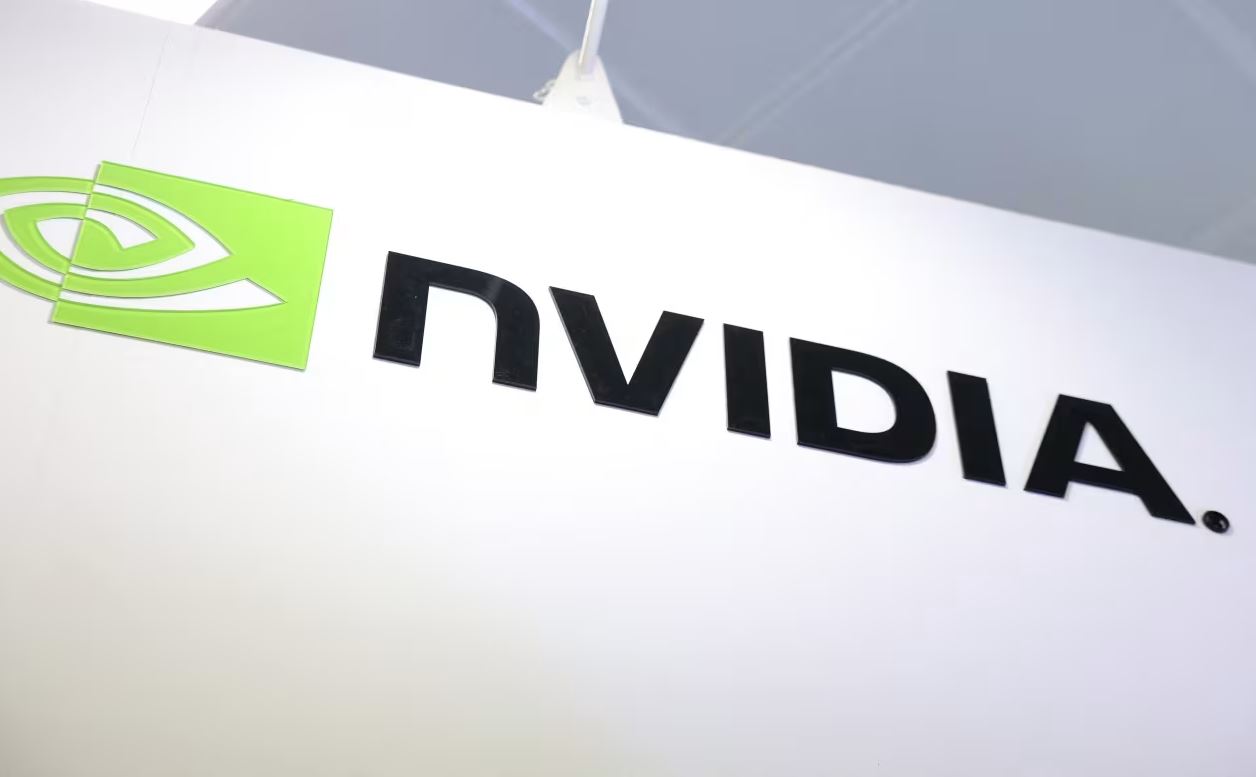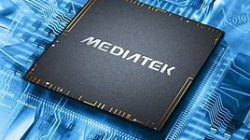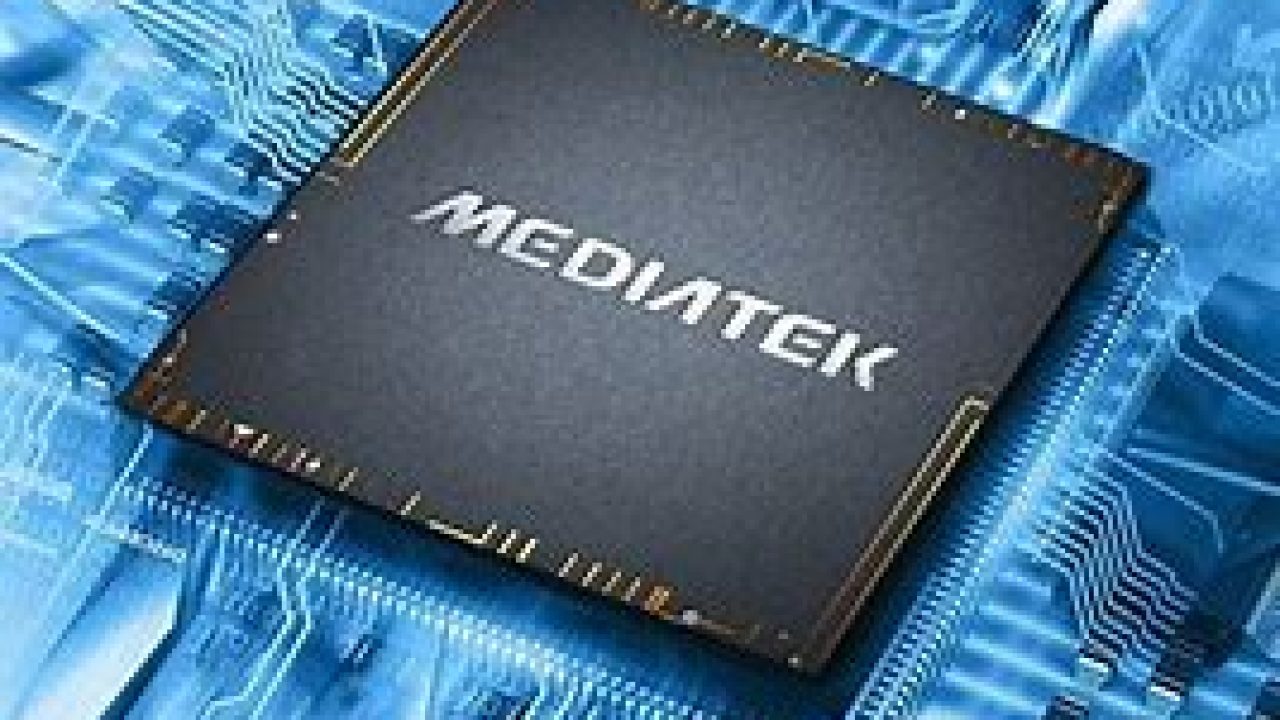In the fast-paced world of semiconductor technology, stocks of industry leaders like Nvidia and ASML often fluctuate based on each other’s financial performance and overall market conditions. Recently, Nvidia’s stock saw an upswing following the release of ASML’s latest earnings report, which exceeded market expectations. This article delves into why Nvidia’s stock reacted positively to ASML’s financial results and explores the broader implications for both companies within the semiconductor sector.
Understanding ASML’s Role in the Semiconductor Industry
ASML, short for Advanced Semiconductor Materials Lithography, is a Dutch company and a pivotal player in the semiconductor industry. ASML’s manufacturers of lithography machines essential for creating advanced semiconductor chips enable companies like Nvidia, Intel, and AMD to produce the chips used in everything from consumer electronics to high-performance computing.
ASML’s proprietary extreme ultraviolet (EUV) lithography technology is especially crucial, as it allows for the creation of smaller, more powerful, and energy-efficient chips. This technology is essential for the advancement of artificial intelligence, machine learning, and various other high-tech applications, which are key markets for Nvidia. Therefore, ASML’s performance has significant ripple effects on its partners, including Nvidia.
ASML’s Earnings Report: Key Takeaways
In its latest earnings report, ASML announced impressive numbers that surpassed analyst predictions. Revenue rose by approximately 15% year-over-year, reaching $7.5 billion, and net income was up by a similar margin. The company also noted a strong demand for its EUV machines, bolstered by the increasing adoption of 5G, AI, and the rapid growth of cloud computing.
ASML’s CEO, Peter Wennink, highlighted that demand from various sectors continues to drive growth. He emphasized that, despite global economic uncertainties, the semiconductor industry’s prospects remain strong due to the insatiable demand for computing power across multiple industries. This is a positive signal for Nvidia, as strong demand for ASML’s products suggests a robust future supply of advanced chips.
Nvidia’s Positive Reaction: Why Did It Happen?
- Strong Demand for Advanced Chips: The positive outlook from ASML suggests that the demand for advanced semiconductors will continue to grow. Nvidia, as a leading supplier of GPUs for AI, gaming, and data centers, directly benefits from this increased demand for high-performance chips. Nvidia’s products are essential for AI and data center applications, both of which require cutting-edge semiconductor technologies enabled by ASML’s lithography machines.
- Increased Production Capacity: ASML’s earnings report also mentioned plans to expand its production capacity for EUV machines. This expansion means that Nvidia can anticipate a steady supply of advanced chips necessary for its own product development. Nvidia’s stock responded positively because a stable supply chain reduces the risks associated with shortages, helping the company meet growing market demands.
- Market Confidence and Investor Sentiment: ASML’s earnings report boosted overall investor confidence in the semiconductor sector, which likely contributed to Nvidia’s stock surge. When industry leaders like ASML perform well, it often has a halo effect on related companies. Investors are likely viewing Nvidia as a beneficiary of ASML’s growth, given the interdependent nature of the semiconductor supply chain.
The Broader Implications for Nvidia and ASML
The positive performance of both Nvidia and ASML reflects a larger trend within the technology industry. As digital transformation accelerates, there is an increasing need for more powerful and efficient chips, which pushes companies like Nvidia and ASML to innovate and expand. Here are some broader implications to keep in mind:
- Increased Investment in AI and Data Centers: Nvidia has long been a leader in AI and data center technology. With ASML’s expanded capacity, Nvidia can potentially increase its output of AI-focused GPUs, which are essential for training machine learning models. The growth in AI investment from sectors such as healthcare, finance, and automotive can lead to sustained demand for Nvidia’s products, further boosting its market value.
- Supply Chain Strengthening: The semiconductor industry has been plagued by supply chain issues in recent years. By increasing production capacity, ASML is addressing some of these issues, which could benefit Nvidia in the long term. A more reliable supply chain means that Nvidia can avoid disruptions that could affect its product launches and sales.
- Impact on Global Semiconductor Competition: ASML and Nvidia are key players in a globally competitive industry. ASML’s technological advancements strengthen the entire semiconductor supply chain, which helps Nvidia stay competitive against other global players like AMD and Intel. Furthermore, the growth of these companies underscores the importance of maintaining technological leadership, particularly in the face of rising competition from countries like China, which has been ramping up its semiconductor capabilities.
Potential Risks and Challenges Ahead
While the outlook appears positive, there are several challenges both Nvidia and ASML might face:
- Geopolitical Tensions: The semiconductor industry is heavily affected by geopolitical issues, particularly those involving the United States and China. Both Nvidia and ASML face risks related to export controls and trade restrictions. ASML, for example, is subject to export restrictions on its EUV machines to China, which could limit its market potential. Nvidia, meanwhile, faces potential disruptions if trade tensions were to escalate, especially given that it sources components from various global suppliers.
- Technological Advancements by Competitors: Both Nvidia and ASML operate in highly competitive fields where technological advancements are constant. Competitors are continuously innovating, and a breakthrough from a rival could impact market dynamics. Nvidia faces competition from other GPU manufacturers like AMD, while ASML competes with companies such as Nikon in the lithography market. Staying ahead will require significant R&D investments.
- Economic Uncertainty: Global economic factors such as inflation, interest rates, and consumer spending can affect demand for electronics and, by extension, semiconductors. Both Nvidia and ASML are exposed to these macroeconomic factors. A slowdown in the global economy could reduce demand for consumer electronics, thereby impacting the semiconductor market.
Publish by : Roperzh













